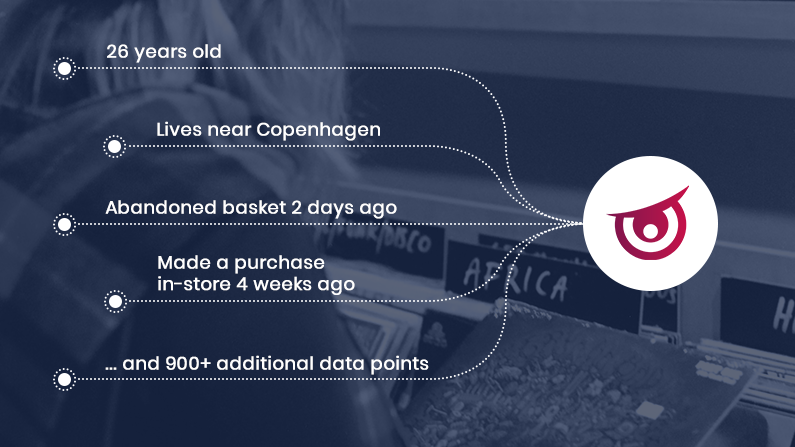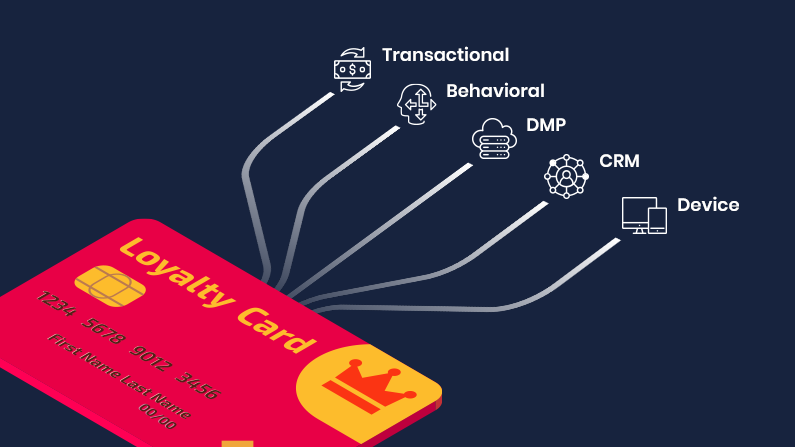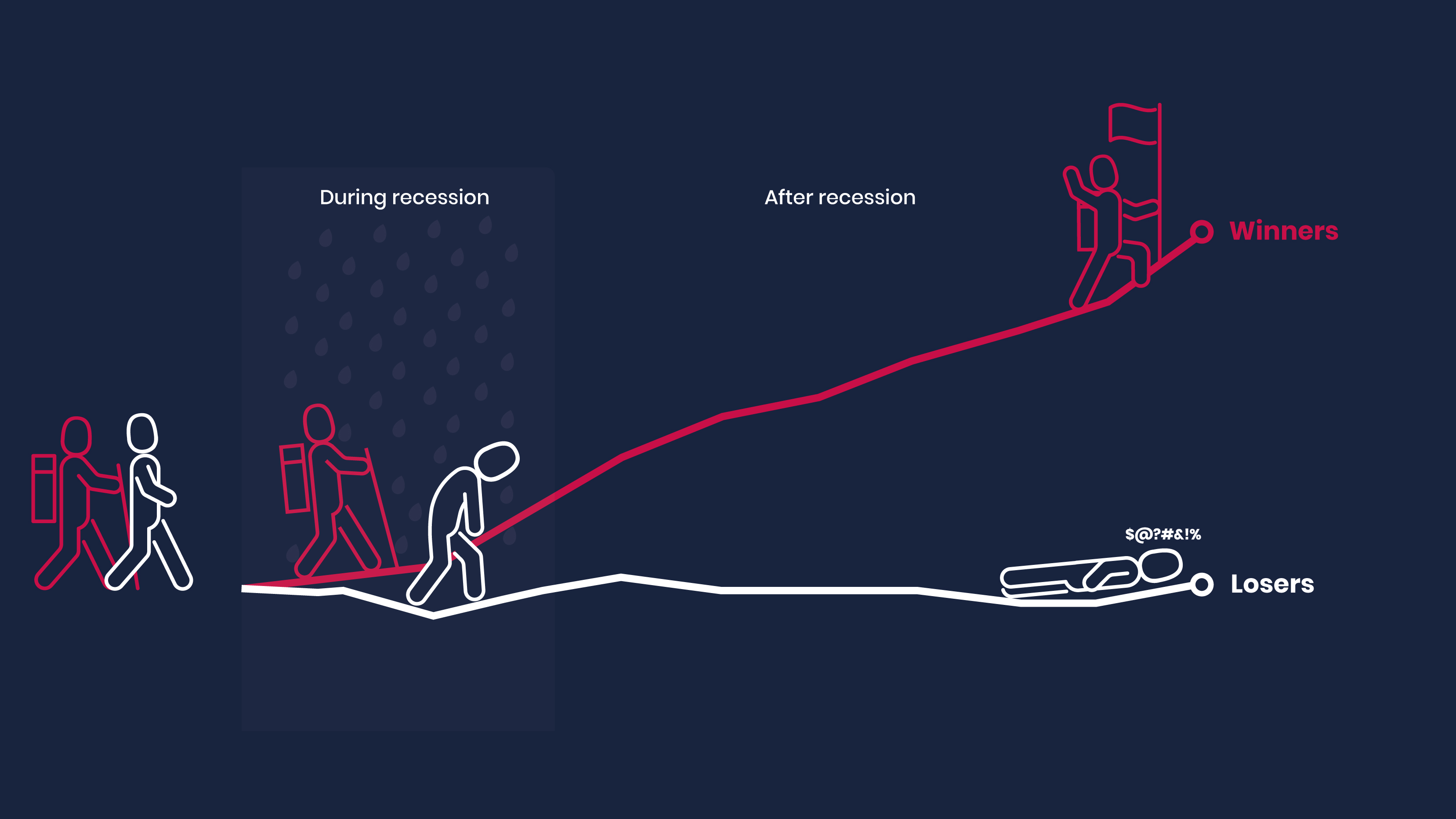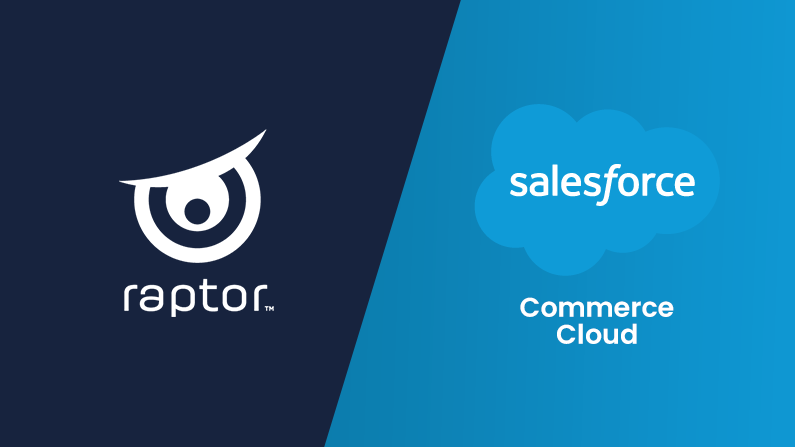What is Customer Data? And how do you store and activate it in a CDP?
Jan 31, 2022 | 3rd Party Cookies, Customer Data Platform, GDPR, Data consent

If you work within any of these fields, you might already be aware that collecting and organizing your customer data is a must. But you might not fully understand what customer data is and what problems it can solve for you.
We are here to break it all down for you.
What is Customer Data?
Imagine a customer looking for a new pair of running shoes.
Throughout the process, she might:
- Browse around a site selling running shoes
- Watch a few videos or blogs rating the top-sellers
- Research customer reviews to make sure the site is safe
- Check out the brand’s social media platforms for inspiration
By the time she finally makes a purchase somewhere, she has probably interacted with that brand on several different touchpoints, leaving a small footprint behind each time.
Customer data is exactly this: It’s the total collection of data stemming from anything from anonymous ad impressions to known purchases from every visitor interacting with your brand.
Today, companies are swimming in data (in part due to 3rd party data, which will soon be cut out by Google – read about the end of 3rd party data here), so organizing that data to get to know customers is all-important.
By collecting and analyzing customer data, businesses can gain valuable insights into their customers' needs, preferences, and behavior patterns. This allows you to make informed decisions and tailor your marketing and customer service efforts to meet your customers' needs.
Customer data is a critical asset for businesses in today's data-driven economy, and companies that leverage customer data effectively can gain a competitive advantage in their respective markets.
That is where a Customer Data Platform (CDP) comes in.
According to Forbes, one of today’s major challenges that retailers face is to take advantage of the great amount of POS, behavioral and ecommerce transactional data – from economic indicators to customer spend at competitors.
How do you store and activate Customer Data in a CDP?
A CDP makes it possible to create a truly personalized experience for each customer, but the system also gives you a stable “arena” to grow from. When your customer base expands, the CDP will follow and make it possible to keep managing data and adding new channels as you go.
The main purpose of a CDP is to seamlessly collect customer data in real-time from various data sources and activate this in relevant channels. It is also an operational platform that enables marketers to create advanced audiences based on customer data from all relevant sources.
What a Customer Data Platform does best?
1. Understanding your customers
With a CDP you take data from any type of source, both online and offline, and create the Single Customer View that fosters quality personalization.
2. Improving customer trust
Customers are more comfortable sharing data in exchange for personalized experiences. However, they expect you to protect that data. 81 % of customers say that trusting a brand is a deciding factor in their purchase decision.
3. Securing customer-centric marketing
To perform customer-centric marketing, you need to know your customers. A Single Customer Views always provides you with that knowledge in real time by automatically ingesting data from all sources.
4. Predicting your customer’s next move
Instead of guessing what a visitor is likely to be interested in on your website, former behavior can predict their future choices thanks to AI and machine learning technology. Better predictions shape a better outcome and customer experience.
In short…
A Customer Data Platform is the key to understanding your customers and delivering a full omnichannel experience. There is no doubt that a CDP can be quite the complex venture, and this blog post only scratches the surface of what a CDP can offer your business.
From describing your use case to finding the right resources in your organization, there is much to prepare. But with the right knowledge – and with solid support along the way – a CDP can truly transform the way you do marketing and sales.
Want the secret to a successful, data-based marketing strategy?
We just published our Top 12 Audiences you can't live without as a marketer
Get the top 12 audiences here →Related Content
You might also like
For years, marketers have been promised “personalization at scale.” You’ve probably heard it...
Learn More
No reason to sugarcoat it. E-commerce is facing a lot of challenges right now. Chinese giants like...
Learn More
It’s a name that’s impossible to ignore. No matter how hard you try. TEMU. The Chinese giant has...
Learn More
Stakes are incredibly high in fashion. With a global market value of predicted to reach 1.2...
Learn More
Loyalty is key No matter what corner of e-commerce you’re in, everyone can agree on one thing:...
Learn More
Like lots of marketers, you may have been told to find a way to achieve the same (or maybe better!)...
Learn More
We are all feeling the crisis (or rather, a series of crises one after another). It affects our...
Learn More
In 2020, Google decided to phase out third-party cookies, and they recently added a final nail to...
Learn More
When you work in ecommerce, you know the traffic during Black Friday is certainly higher than...
Learn More
Is your brand using Salesforce Commerce Cloud? And are you wondering what your options are in terms...
Learn More
Let us show you what you can achieve with premium personalization


A Raptor expert can share more about the product and answer any questions you have.











